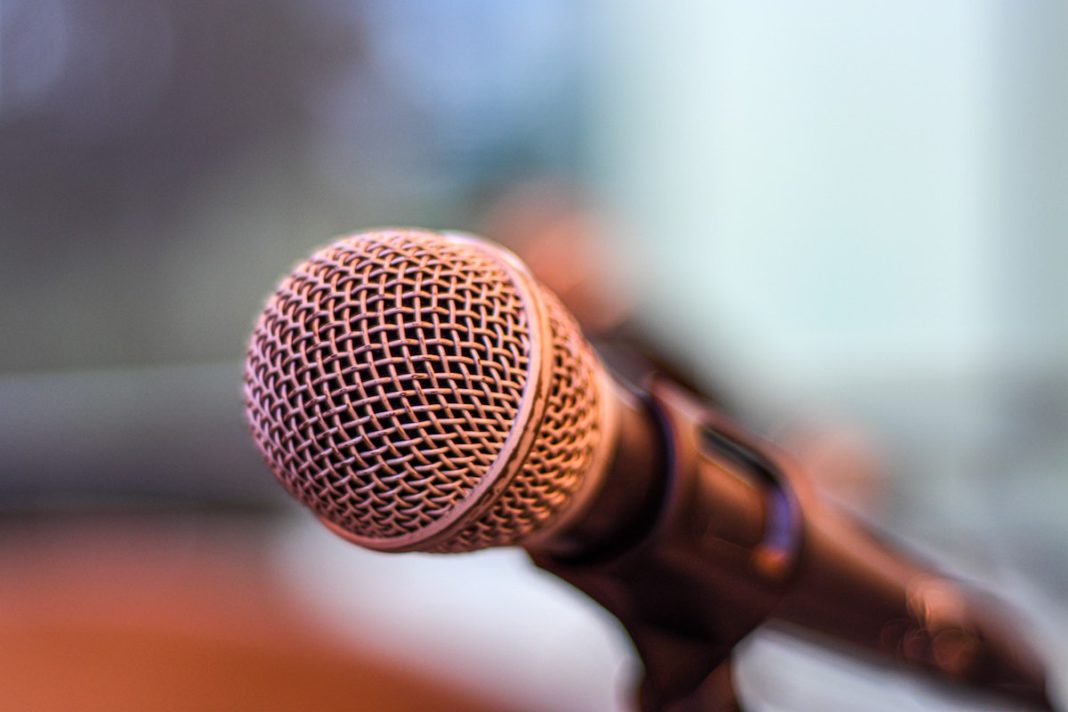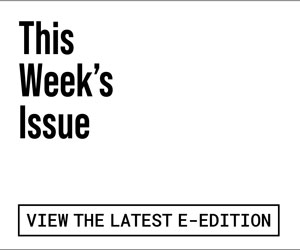On Thursday, Aug. 14, more than 200 people joined us at Sausalito’s The Spinnaker to celebrate the 2025 Best of Marin winners as pelicans, historic yachts and rowing clubs traversed the waterscape.
It was great to be in a room with a real chiropractor and a real fireplace guy, and I’d much rather not have a robot adjust my spine or learn about radiant heat inserts from a YouTube video. I spoke briefly—the winners were not there for speeches—about being a real newspaper, written by real people in a post-truth era, and it seemed to resonate.
The Pacific Sun carries the weight of authenticity because for six decades our writers have eaten at the same restaurants as our readers, driven the same freeways and shopped at the same grocery stores. We take our kids to local playgrounds and schools and dentists. Algorithms don’t do that. They read, summarize and distill what our writers produce.
AI services don’t pay to crawl, analyze and, yes, steal our work product, then store it in their big power-sucking data centers to do with as they please. I know this because when I research subjects, the results contain authoritative links to our own publications.
We send reporters to events and places. Then, search engines generate summaries based on those first-hand reports, which reduces the frequency of link clicks to the service that collected the information. A year after Google introduced their AI Overviews, the San Mateo data analysis firm Brightedge found a 30% reduction in click-throughs to publisher sites.
“Big Tech’s dirty secret is that the success of its AI tools has been almost entirely built on theft,” Danielle Coffey, president and chief executive officer of News/Media Alliance, an organization of news publishers, wrote in a May New York Post opinion piece.
The uncompensated use of publishers’ information, produced by employees paid under California’s wage and hour laws, is not, however, in the long-term interest of the AI giants. As traffic to source material slips, revenue to publishers further declines and the reservoir of fresh, independent knowledge shrinks. AI’s language learning models will have to train on material that is not professionally vetted or is contaminated with undisclosed pay-to-play bias.
According to Muckrack, the ratio of journalists to population has dropped nearly 80% since 2002. In California, there are 6.1 local journalist positions per 100,000 population, and our state ranks in the bottom fifth nationally.
The crisis in American journalism has real world effects. The decline in objective facts and evidence will fuel further disinvestments in universities, science and medicine—and less scrutiny of poorly performing institutions. We hope that self-driving cars will apply brakes for pedestrians looking down at their phones in crosswalks, watching deepfake videos of crocodiles rescuing pandas.











